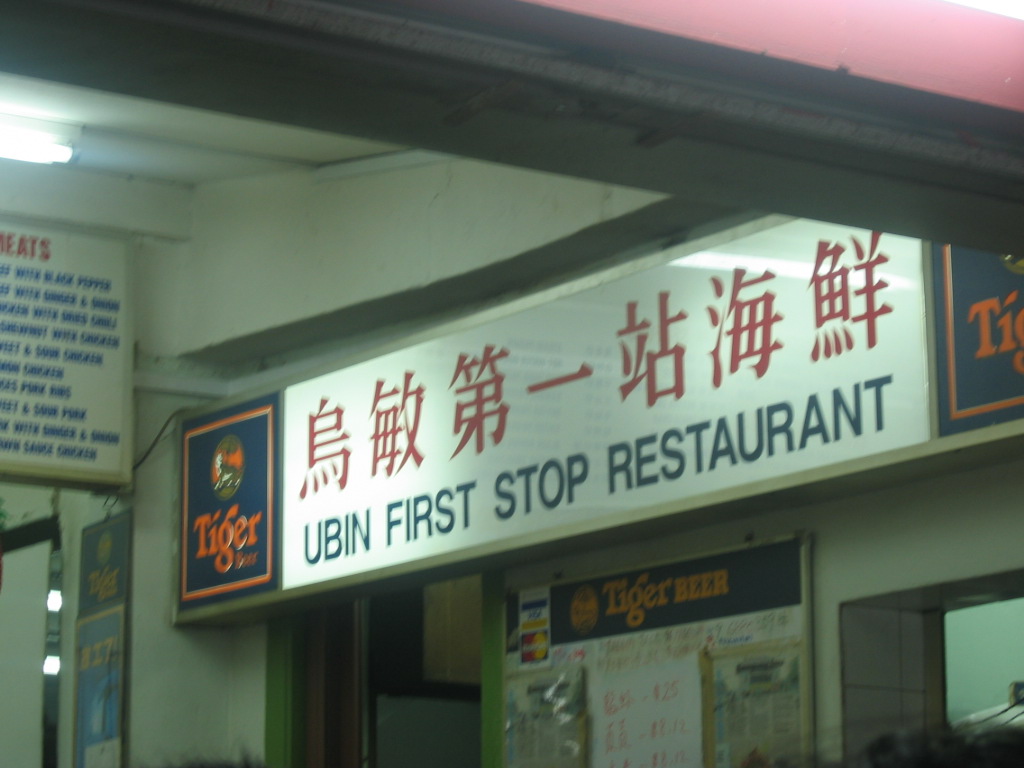Changi Magazine, Nov 1993
Pulau Ubin is a tranquil island in the Johor Straits.
Many visits spend an enjoyable weekend there. There is a sad story about a German Girl who lost her life on the island.
On the island of Pulau Ubin, northeast of Singapore, there was a coffee plantation managed by a German who lived on the island with his family.
Their plantation house was on a small rise with a scenic view of Pasir Ris across the water. The coffee processing equipment was within walking distance of the main house. The workers were housed in a wooden structure on concrete pillars above the water just off-shore
According to the islanders, when the British came to take over the plantation in August 1914, a young girl, the daughter of the plantation manager, became frightened and ran away. Since it was dark at the time, the girl lost her way, fell down a steep cliff and was killed.
Meanwhile, the rest of the family was taken away by the British authorities and interned. A few days later, her body was found by local Malay workers from the plantation. The body was covered with ants so they threw soil over the remains. Often after that, when the local workers and residents passed the spot, they would say a prayer.
Eventually, her remains were exhumed and placed in a Chinese temple on a hill on the island. There were many steps leading up to the temple and gamblers began to pray at the temple for good luck. Several of these gamblers were successful and attributed their success in winning to the spirit of the German girl.
The news of the declaration of war reached Singapore in 1914. German ships in the harbour were seized by the British Government in Singapore and German citizens were interned at Tanglin Barracks. All German property, including private property, was confiscated. The export businesses belonging to Germans were halted. These actions were taken under the Alien Enemies Winding-Up Ordinance of 1914.
When the war was over, the German plantation manager and the rest of his family were freed. They returned to Pulau Ubin to find out what happened to their daughter but because of language difficulties, were unable to determine where her remains were. They left Pulau Ubin and Singapore, never to return.
QUARRY
The remains of the German girl were kept at a temple on the hill until 1974, when the property became the site of a granite quarry. Several local people took the remains consisting of hair, an iron cross and some coins and put them in a porcelain container.
A new temple on the quarry property was built for the remains. The coins were somehow lost at the time the remains were moved in 1974.
Today, one can still observe the foundation of that old plantation house on the rise. The ruins of the coffee mill are still there and so are the cement pillars above the ocean, although the wooden structure, which later became a school and which had housed the plantation workers, has long since rotted away.
In November 1990, I went to the temple of the German girl on Pulau Ubin accompanied by Chia Yeng Keng, who has been living nearby for 16 years. I observed the vase which was set in the centre of the altar. Worshippers had placed such things as fruits, flowers, cosmetics, perfumes, oils and cigarettes on the altar and there were many joss sticks in containers.
Several Chinese characters above the altar translated into “Angel goddess”. I asked Mr Chia if he would look inside the porcelain vase to verify that the hair and iron cross were there. He said that in the 16 years he had lived near the temple, he had never looked into the vase. He had last seen the remains when he helped place them in the vase in 1974. When he looked into the container, it was empty.
What could have happened to the remains? Did they ever really exist? Is it just a legend? Perhaps some day, someone will be able to shed some light on the mystery.
-----------------
OTHER READS





 EL NINO
EL NINO
